In the shadow of Tesla’s Fremont factory sits an unassuming business who does specialty foam work for a wide variety of clients. When National Geographic needs a custom case designed to protect equipment from the elements, these are the folks they call.

Sitting directly between San Jose and San Francisco, most of Fremont is a suburban bedroom community that serves both cities. But it actually covers quite a wide area and has many industrial sections as well.
When I first visited Bob’s Foam, I still remember the awe I felt when opening the door to the shop area, seeing solid blocks of foam the size of camper vans and saws large enough to cut them.
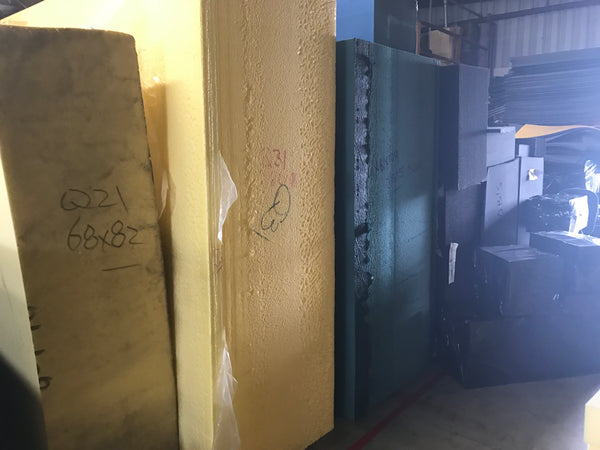
I told the guy in the shop who greeted me about my backpack project and the kind of foam I was looking for… something that would hold its shape, protect the contents, and be thin enough to be integrated into the liner itself.
He quickly grabbed a yellow legal pad from the small desk in the corner of the shop and started making diagrams. Despite the fact that I had been researching different types of foam for weeks online, I learned more about foam from him in 5 minutes.
I showed him my prototypes and got out my sketchbook to take notes.
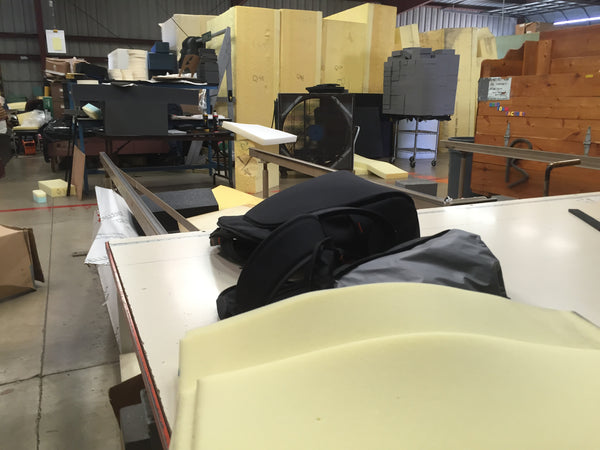
There are two general categories of foam- open cell and closed. Open cell is most common and cheaper because a lot of the material is taken up by air. It’s great for many uses like couches but it’s spongy and can break down over time.
In order to achieve the curved back of the Slim Pack, I would need something more rigid. An open cell foam dense enough to do this would be too thick. So he recommend closed cell.
Even within closed cell, there are tons of materials, densities, and even processes used to make it. He showed me some of the ones he stocked and they worked okay but ideally I wanted something a bit stiffer. “Well, there’s also crosslink but it’s way more expensive,” he remarked.
If you’ve heard of crosslink, also commonly referred to as EVA, it’s likely in the context of shoes since this is the type of rubber used in high-end running soles. It provides excellent cushioning and doesn’t break down over time. It also doesn’t take on any water and can even float!
Outside of $100+ running shoes, EVA doesn’t have many uses which justify the cost so it wasn’t something they carried. But he said if I can find it, they could make the parts I needed for the bag.
As I prepared to leave, I thought he must be the owner since he was so knowledgable. “Are you Bob?” I asked. “No, I’m his son- Rob.” Funny, another second generation family business to add to my partner list along with my printer, die cutter, and shipping house.
My hunt for EVA initially didn’t go too well. I spoke to a specialty foam supplier who did a lot of work for Nasa and when I asked for crosslink she said- “Oh, you want the fancy stuff, huh? No we don’t carry that.” If this stuff was too fancy for Nasa things weren't looking too good!
As I expanded my search I ran across a terribly designed website that seemed promising. It’s funny- sometimes with industrial suppliers a bad website can be a good sign. It can be an indication that they have customers already and they often times have very knowledgable sales folks… which turned out to be the case.
Just a couple days after talking to the foam supplier, a sample box showed up. Opening it gave me a similar feeling of awe as walking into Bob’s Foam… in front of me was a library of foam, arranged by increasing density, much of it even available in different colors. With this arrangement I immediately identified the perfect one… and I could even get it in black.
When I talked to the sales person about the thicknesses available, it took me a moment to realize that he was saying I could get it in any thickness I wanted. But that was because I had to buy a whole block and they would slice or “scythe” it for me to order. They would drop ship it to Bob’s Foam and then they would die cut the parts for the backpack.
Pricing everything out, this would be one of the most expensive parts of the bag if I divided it out by how many we were going to make. I thought it was worth it but I would also essentially need to buy three times more than I needed.
Pricing everything out, this would be one of the most expensive parts of the bag if I divided it out by how many we were going to make. I thought it was worth it but I would also essentially need to buy three times more than I needed.
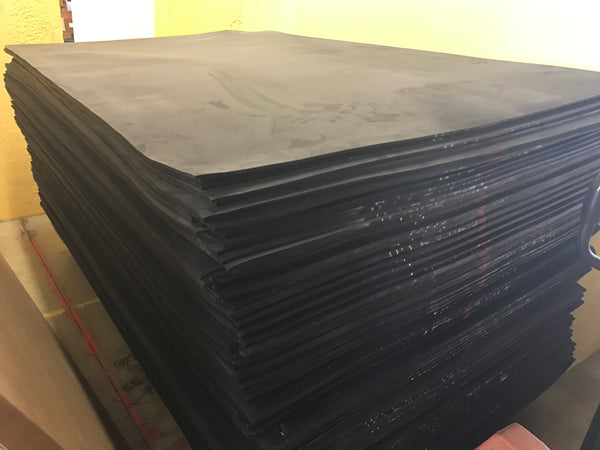
It was pretty exciting to see my block of foam arrive at Bob’s. There was no way to know for sure whether the final cut parts would have the properties I wanted before we made our pieces, but it turned out to be even better than I expected. It slides right into the liner but maintains the shape. And since it’s closed cell you can also collapse it flat like in the bottom of a suitcase and then it’ll rebound to its normal shape.
From educating me about the right foam to use to precision cutting the final parts, Bob’s did a fantastic job delivering this custom part that makes the Slim Pack possible. I’m glad to add them to my list of local manufacturing partners and look forward to working with them to bring more products to life.

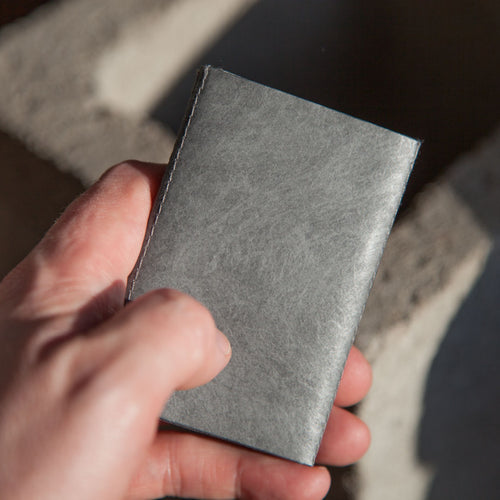
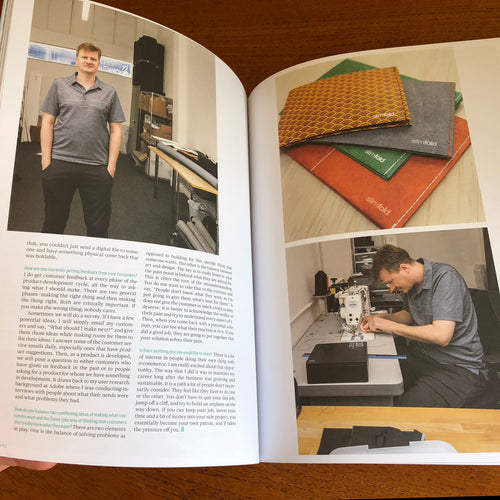
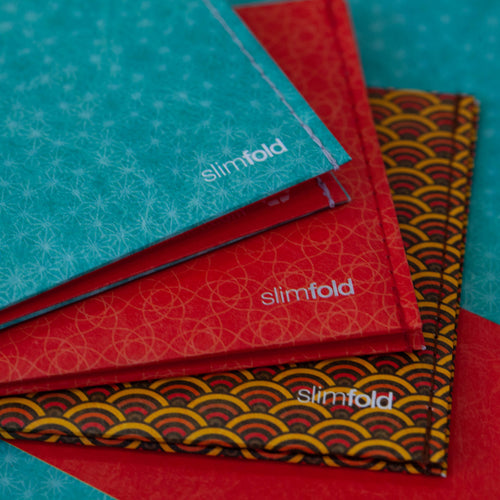
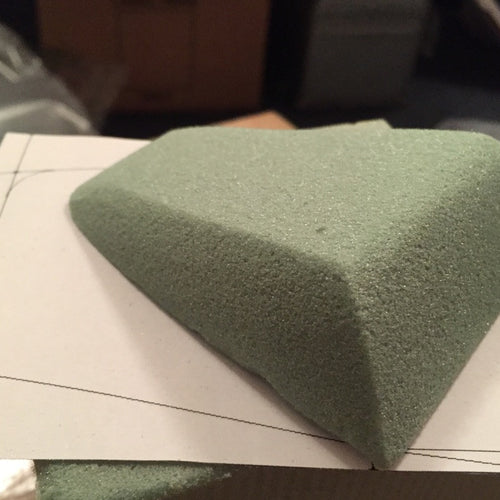
After having watched many Kickstarter campaigns crash and burn (I subsequently stopped supporting any campaigns). However, I am grateful to have found you guys. Hearing your understanding that local relationships means often much better depth of knowledge, quicker turnaround, less cultural/language snafus AND supporting American manufacturing! Kudos and props to you!
@Charlie – Cool to hear you’ve been there too! Yeah, great folks.
@Julie @Dan – Thanks for the kind words and joining the journey!
I have been to Bob’s for a project I was working on. Like you, I was very impressed with them. FYI, my Kickstarter Micro Soft Shell wallet is still awesom. Thanks Dave.
Keep up the good work! This is an exciting journey your’re on. :)
Nice story. Enjoyed reading it. Thanks.